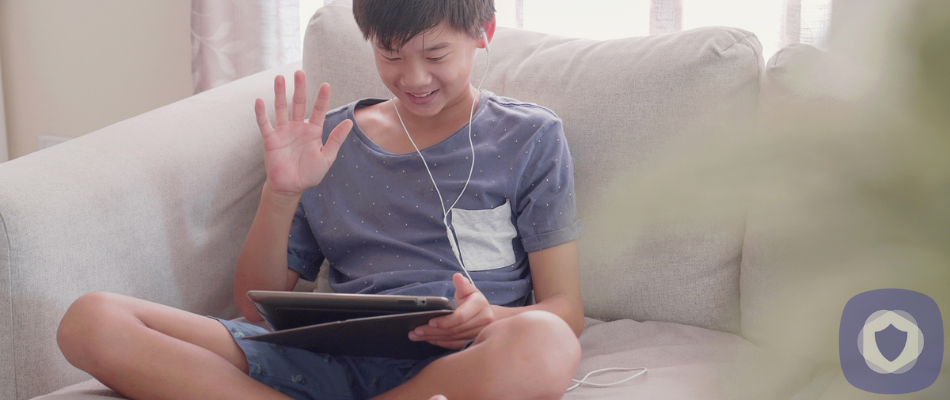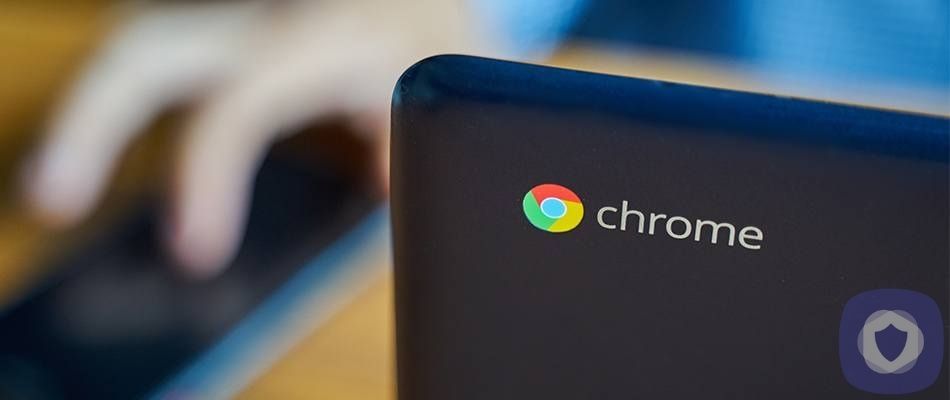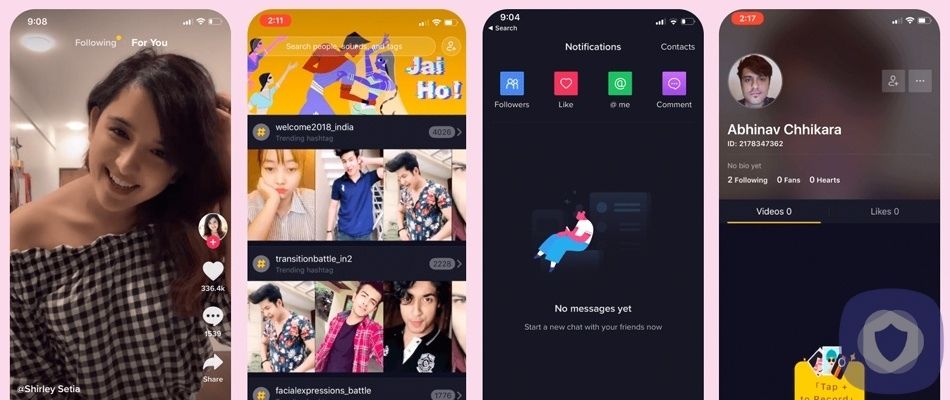The FaceTime app is a part of the standard package of iOS apps that every Apple product comes with. It’s simple to use but only available on Mac, iPhone, iPad, and iPod Touch. FaceTime rivals Skype, Zoom, and other video calling apps.
FaceTime parental controls
FaceTime doesn’t have dedicated parental controls. Still, there are steps you can take to make it somewhat safer for your child to use, as well as some general iOS device safety features that are relevant to FaceTime. FaceTime shouldn’t be relied upon for young children but is suited for teenagers or those who are happy to use FaceTime under a level of supervision.
Enabling/disabling FaceTime
FaceTime is an automatically activated part of your setup when purchasing a new Apple device. Still, you can feel free not to set it up. You can also deactivate or restrict it. If FaceTime isn’t already activated, you can turn it on by following these steps:
- Open the ‘Settings’ app (the grey gear cog)
- Open ‘FaceTime’
- Toggle the switch next to ‘FaceTime’
FaceTime will immediately begin the activation process, and you’ll be able to receive calls shortly.
FaceTime can be turned off by following these instructions:
- Using the grey gear cog, open the ‘Settings’ app again
- Click ‘FaceTime’
- Tap the switch and turn it off
It’s easy to enable and disable FaceTime; reopen the settings and adjust as necessary.
You can also disable FaceTime via Cellular by following these instructions:
- Open the ‘Settings’ app
- Click on ‘Cellular’
- Scroll down to the ‘Use Cellular Data’ for section
- Toggle the switch for FaceTime to ‘Off’
You should take care to do this if you allow your child or teen to use FaceTime. The app can quickly run up a large cellphone bill by using their bandwidth without realizing it, especially if you’re using 4G.
Using parental controls to restrict FaceTime iOS 11:
- Open the ‘Settings’ app from the ‘Home’ screen
- Scroll to ‘General’
- Click ‘Restrictions’
- Tap on ‘Enable Restrictions’
- Enter your passcode
- Scroll down to ‘FaceTime’
- Toggle the button to the ‘Off’ position
This effectively removes FaceTime by hiding it from the Home screen. You can repeat the process and toggle the slider back to ‘On’ rather than ‘Off’ to remove the restriction.
iOS 12 has new Screen Time features that allow you to control and monitor your usage easily, so restrictions are now under that category. You can restrict FaceTime in iOS 12 by following these instructions:
- Open your ‘Settings’
- Scroll to the ‘Screen Time’ app to ‘Content & Privacy Restrictions’
- Enter or set your PIN
- Activate the switch next to ‘Content And Privacy’
- Open ‘Allowed Apps’
- Activate the button next to FaceTime to disable/enable the app
Doing this will remove the app from your home screen; you can follow these steps again and reactivate FaceTime if you want to.
Setting contact limits
You should begin by setting up Screen Time for your child’s iPhone, and you can do it by following these steps:
- Set up family sharing. It’s a useful tool that you can use to share music, iCloud storage, data, apps, and purchases with up to 5 other people
- Go to ‘Settings’, then select ‘Family Sharing’
- Select ‘Get Started’ and choose the category you’ll be using to share. Follow the prompts until you see the ‘Invite Members’ option
- If family members with an Apple ID don’t want parental controls, you can add them to your list
- For children, go to ‘Settings’, then scroll to ‘Screen Time’
- Tap your child’s name
- Click to activate Screen Time, then follow the on-screen prompts to adjust app limits, content and privacy, and downtime, among other things
- Next, select ‘Communication Limits’
- Adjust the limits to change who your child can text and FaceTime.
- Manage their contacts if necessary
- You can adjust the rules for ‘During Allowed Screen Time’ and ‘Downtime’ by selecting the respective sections. Under ‘During Allowed Screen Time’, you can set communication to ‘Everyone’ or ‘Contacts Only’. The ‘Downtime’ section allows communication with specified contacts you must add via the browser or a contacts editor, providing more restrictions
- If you want heightened control of your child’s contact list, click toggle beside ‘Manage (kid’s name) Contacts’. Approve the request on your child’s phone by confirming your settings, and you’re done
View Screen Time reports
Screen Time can give you a detailed report and help you understand how your child uses their device. You can see any apps they’ve opened, websites they’ve visited, and more whenever you want.
- Tap ‘Settings’ and scroll down to ‘Screen Time’
- Open ‘Screen Time’
- Tap the graph
Here you’ll be able to look at your child’s activity and use it to make informed decisions about further restrictions or parental controls etc. You can also see how much time they’ve spent on FaceTime. If you have shared access across devices, you’ll be able to view overall usage across all devices signed in with the Apple ID and password.
Blocking contacts
You can block the senders if your child is receiving inappropriate calls or texts via iMessage. There are two different ways to do this.
If they’ve called your child recently:
- In your FaceTime call history, click the icon next to their name/call notification
- Scroll down and click ‘Block This Caller’, then confirm
- Done
If they haven’t called your child recently:
- Open your child’s iPhone contacts
- Find the person you want to block
- Open their contact
- Scroll to the bottom and ‘Block The Caller’
They’ll no longer be able to contact your child, but don’t be afraid to escalate it further by reporting them if they harass your child, as they can still potentially call your child by turning off Caller ID.
Wrapping up
Overall, FaceTime is an excellent app that has helped millions stay in touch during the pandemic, but the app is geared towards adults. FaceTime doesn’t offer full parental controls, but they offer some features that you can use to monitor your child’s usage, track their screen time and keep them safe. There aren’t many parental controls, and the app works on the proviso that users have a (usually unrestricted) Apple device. We’d recommend you lock/deactivate FaceTime on your young child’s device unless they’re using it under direct supervision.
This article has been reviewed and approved by Officer Banta.

Officer Banta is the official SecurityNerd home security and safety expert. A member of the Biloxi Police Department for over 24 years, Officer Banta reviews all articles before lending his stamp of approval. Click here for more information on Officer Banta and the rest of our team.













